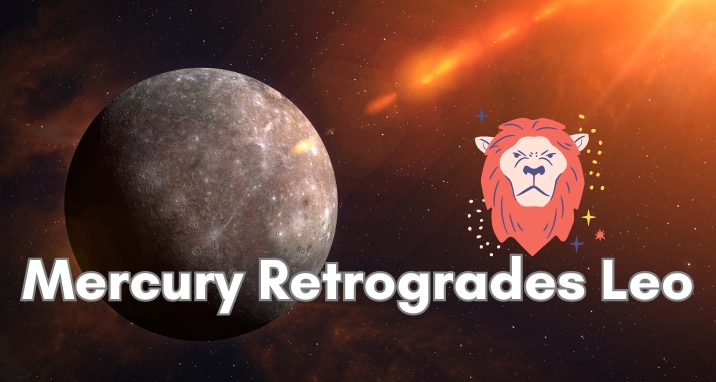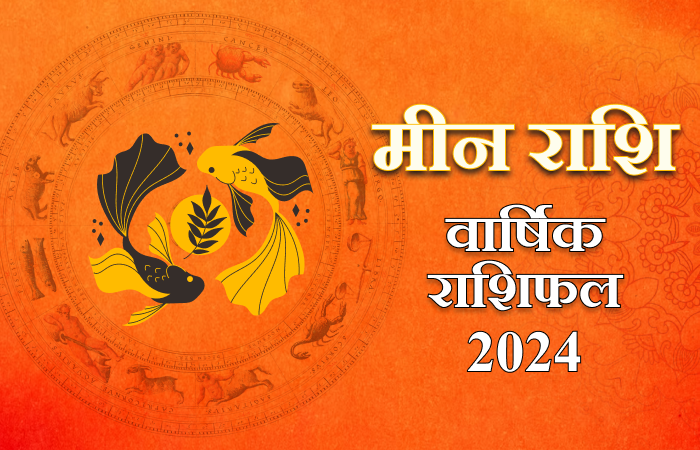Dussehra and Vijaya Dasami: What is the Astrological Significance?

Dussehra or Vijaya Dashami is celebrated on the 10th day of Navratri and the 5th day of Durga Puja by Sanatan Hindus across the world to mark the victory of good over evil. This year it will be celebrated on October 24. Here we will throw light on the various astrological lessons from Ramayana relevant even today.
Dussehra is derived from the Sanskrit words “dasha” (ten) and “hara” (defeat). The festival is a memory of the victory of Bhagwan Rama over the demon king Ravana. It is also the end of the Navratri after nine days of celebrations, a festival dedicated to the goddess Durga.
On the day of Dussehra, effigies of Ravana, Kumbhakarna (his brother) and Meghnad (his son) are burnt to celebrate the victory of good over evil. People dress up in new clothes, participate in Ram Leela and other cultural programmes and exchange sweets to celebrate the festival with great enthusiasm.
In many parts of India, Vijaya Dashami is celebrated to honor goddess Durga for she defeated the demon Mahishasura on this day after a fierce batter of 9 days. On both occasions, families gather, feast and community celebrations are organised to make the celebration memorable.
Astrological Significance of Dussehra and Vijaya Dashami
In Vedic Sanatan Hindu astrology, the day of Dussehra and Vijaya Dashami has an important astrological significance. The festival is observed on the 10th day of the Hindu lunar month of Ashwin (according to the English calendar it is September/October), which falls in the autumn season (Sharad Ritu, hence called Sharadiya Navratra). Dussehra or Vijaya Dashami is just the extended celebration of Navratri and Durga Puja when people celebrate the victory of good over evil after 9 days of fasting and spiritual practice. While in some parts of India, people burn the effigies of Ravana, Kumbhakaran and Meghnaad, in some parts, it is the gala event that includes cultural shows and in some parts, on this day Maa Durga Visarjan is observed, when the clay idols of Maa Durga are immersed in water after ritualistic Visarjan (after 4 days of grand celebration). So, this day is very significant for Sanatan Hindus across the world.
During this time, the Sun is in the zodiac sign of Libra (Tula Rashi), while the Moon is in the zodiac sign of Aries (Mesh Rashi). According to Vedic astrologers, this astrological combination is highly auspicious, as it means there will be a balance of energy and harmony between the Sun and Moon. The Sun is associated with masculine energy and represents the soul, while the Moon is associated with feminine energy and represents the mind. The combination of these two energies is said to create a sense of equilibrium and harmony and is considered to be a time of spiritual awakening and renewal on the very occasion of Dusshera or Vijayadashami.
You Cannot Escape Your Destiny
Your position, status, social influence and financial strength cannot change your destiny. You cannot change what is predestined, no matter who you are and where you are. Ravana was one of the greatest kings and scholars of his time. He was also the greatest astrologer of all time, but still could not change his fate by using his knowledge and wisdom. Neither can anyone else change their destiny. Each individual is born with his/her own destiny. Ravana could have easily returned Mata Sita with dignity. But, his destiny diverted him from his right path and led him to an approaching doom.
Shani’s blessing to Lord Hanuman
As per the Ramayan story, Ravana imprisoned Shani Dev for making his son Meghnaad invisible as a plot against him. When Hanuman Ji arrived in Lanka as Bhagwan Ram’s messenger, he heard Shani Dev crying from inside a lockup. This is when to rescue Shani Dev, Hanuman Ji broke open the prison. Shani asked for a boon from Hanuman Ji and he asked Shani Dev not to trouble or cast an evil eye on his devotees, and Shani Dev granted him that boon. Since then Hanuman Ji has been worshipped by his devotees to escape or nullify the negative effects of Shani’s Drishti or Sadhe Sati.
Your Mind Controls Your Actions
In Ramayan, both Bhagwan Rama and Ravana had very strong planetary positions and alignments in their horoscopes. Both were born in a great lineage as Bhagwan Ram had a strong Sun and Ravana had a strong Jupiter in the tenth house. There were Panch-Mahapursha Yogas with five planets in exaltation in the charts of both Lord Ram and Ravana. They also had Neecha-Bhanga Raj Yoga of Mercury. However, different Moon in their chart made them think differently. While the Moon in the horoscope of Ravana was with malefic Saturn, the Moon in Bhagwan Rama’s horoscope was positioned with the auspicious Jupiter. So, just the position of the Moon in their birth charts made their purpose of life completely different.
Significance of Auspicious Timing
Ramayan has several references in which auspicious functions were conducted during auspicious times. There is a mention of “Ayodhya Kand” during particular astrological alignments. There is a reference to Bhagwan Ram being born under the Cancer zodiac, along with details of nakshatra and planetary positions. Even marriages were performed at auspicious times after checking planetary positions and compatibility. Even the mighty war between Bhagwan Ram and Ravana started during a favourable planetary transit. Also, Bhagwan Ram evoked Maa Durga and sought her blessings before heading for a war with Ravana. That is celebrated as Sharadiya Durga Puja even today.
For more insights into auspicious timings during Navratri and other occasions, you can talk to our astrologers here.









